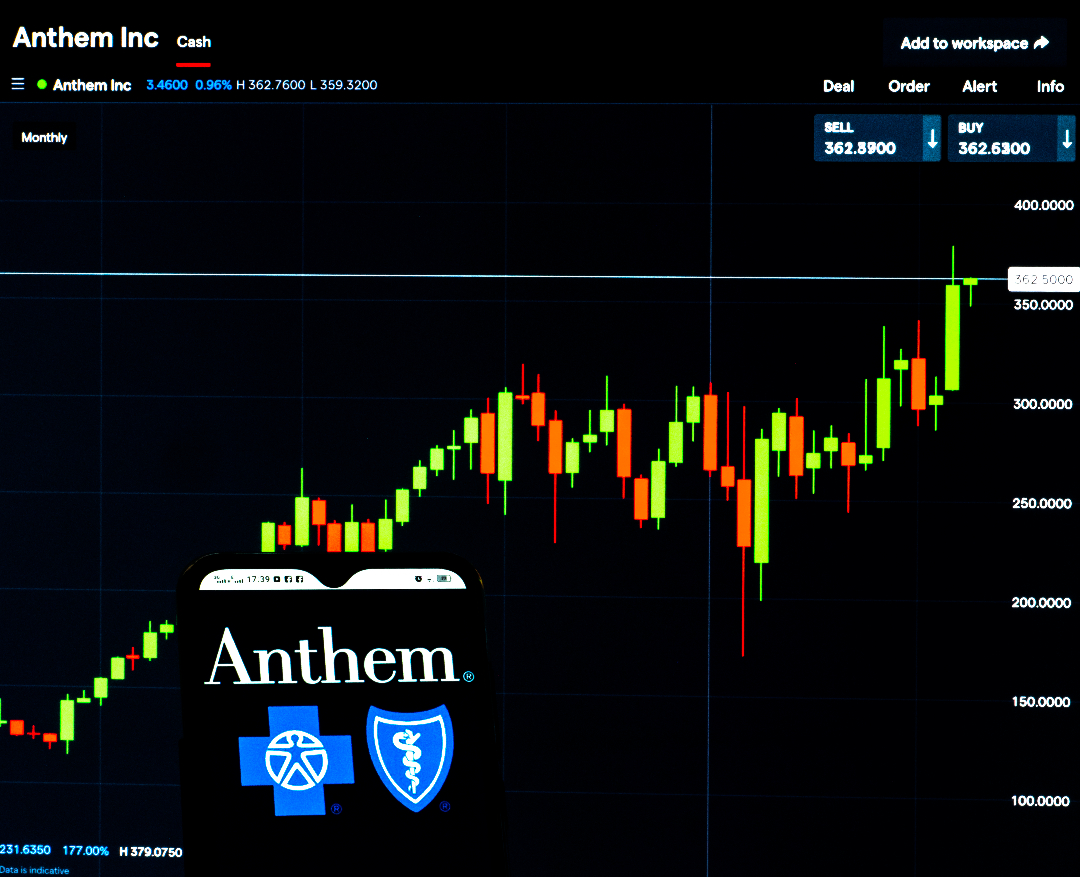Last year, Heather Bryan was diagnosed with a rare form of blood cancer, for which she was prescribed Cotellic, a pill that slows the spread of cancer cells. The medication alleviated some of her most serious symptoms, but it cost almost $7,000 a month.
Thankfully, Cotellic’s manufacturer offers a copay assistance program that brought her monthly cost down to zero. Under the program, the drug manufacturer was supposed to cover the “out-of-pocket costs” for her medication up to $25,000, or just over three months of Bryan’s prescription. Since her insurance plan’s annual out-of-pocket cost was only $12,000, her insurance should have covered the rest of her medical costs for the year.
The arrangement seemed too good to be true — and in the end, it was.
After Bryan maxed out the assistance program’s $25,000 limit, her insurer, Blue Cross Blue Shield of Kentucky, informed her that just $360 of her out-of-pocket costs had been met — leaving Bryan on the hook for thousands of dollars more in medical bills.
Copay assistance programs, offered as coupons, discount cards, and vouchers, are available for most brand-name drugs, in part because drugmakers use the programs to keep prices high and convince patients to take expensive medications. The programs also help millions of Americans obtain drugs they otherwise couldn’t afford. Such offers frequently appear at the end of drug commercials, suggesting consumers can pay “as little as $0 per dose” for vital medicines. In 2023, privately insured US patients used copay assistance programs for 19 percent of all needed prescriptions, covering $23 billion worth of drugs.
But what most people don’t realize is that insurers are potentially making billions in additional profits from…
Auteur: Helen Santoro

